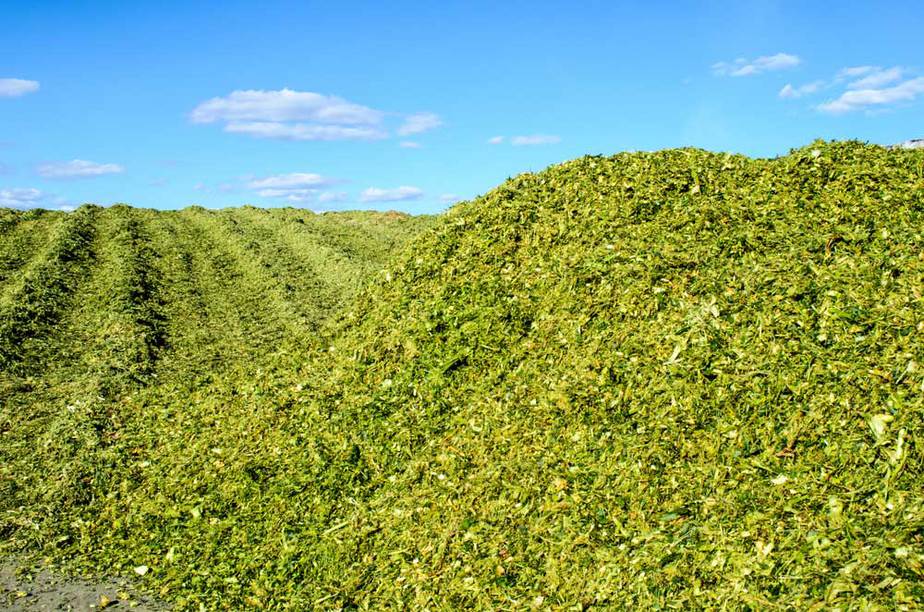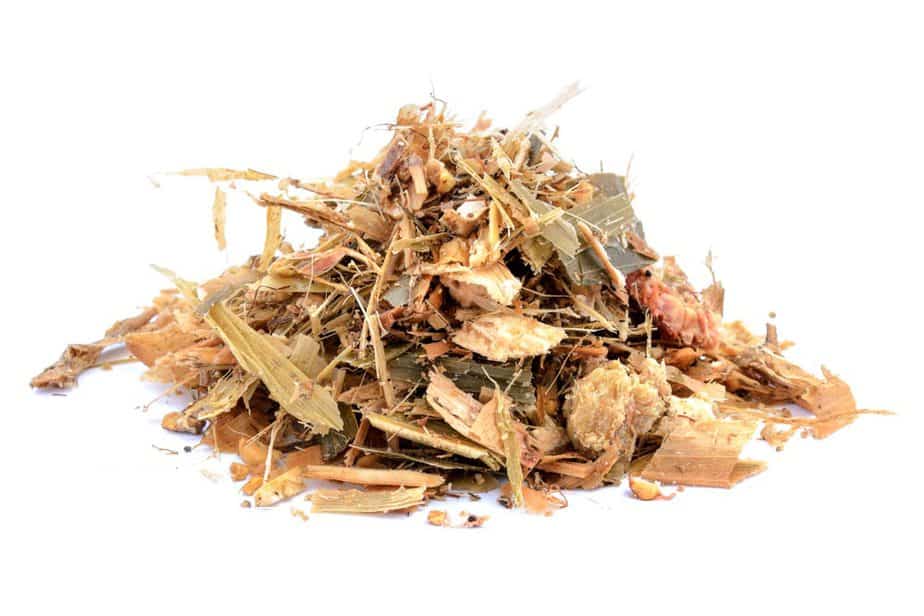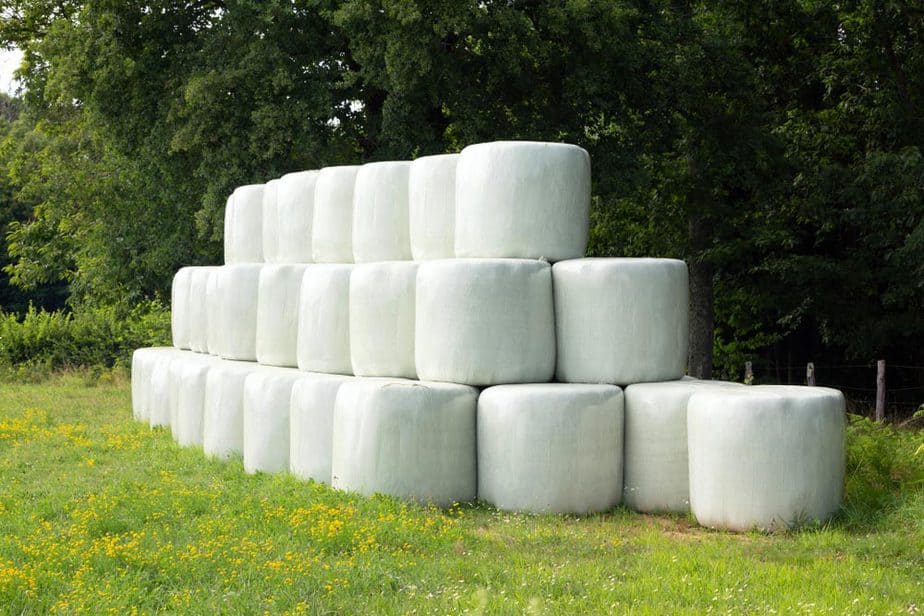Silage is a fermented feed resulting from the storage of high moisture crops under anaerobic conditions in a structure called as silo. In brief, Silage is a high moisture fodder that farmers use to feed their domestic animals, especially during the dry season. Made up of grass, corn, maize, and others, silages are made by chopping the crops into small pieces and then storing them.
The common methods used to store silages are silos, bunkers, silage bags and silage bales. Silos and bunkers are used when there are large quantities present, whilst bags and bales are used when there are only small quantities to be stored and can be transported to the nearby market/farms in a short time.
The silage is then fermented to provide feed for livestock. The fermentation process of silage is done in multiple phases and takes around 3 weeks to be completed. The process of fermentation is done to improve dry matter intake and create a more digestible feed.

How Silage is prepared?
During the silage making process, the pasture is cut when the grasses contain the highest nutrient levels. This level is attained just before they are fully mature.
The reason why it is cut just before they are fully mature is that all forms of preserved grass, such as hay and silage, will have lower amounts of nutrients than fresh pasture, so everything must be done to make the end product be as nutritious as possible.
During Silage preparation, the grass is allowed to wilt in the field for a few hours to reduce the moisture content to around 60-75% as this is the optimum level. If the grass is left out longer, it may get too dry, or it may get rained on – and both these will reduce the efficiency of the fermentation.

Fermentation process:
During the fermentation process, the cut grass is chopped into even smaller pieces (0.5 inches or 1.3 cms) and then compressed to eject the oxygen more efficiently.
This is important because the microorganisms especially, lactic acid bacteria, grow best under anaerobic (oxygen-free) conditions.
When oxygen remains, plant enzymes and other bacteria react with the plant sugars and proteins to make energy, thus reducing the amount of nutrients in the final product.
Storage of silage:
After the first two steps, the next step is to seal the compressed grass with plastic to keep oxygen out. Mounds of silage are covered with huge polythene (plastic) sheets and weighted down (usually with old tires) to ensure maximum compression. Bales, on the other hand, are just covered with plastic wrapping.
In cases where the silage is to be stored in a large pit, tractors and other machinery are usually driven over the grass pile until it is firm. If the silage is stored as bales, baling machines will be used to compress the grass.
Preserving technique:
After the fermentation process is done and once all of the oxygen is used up, lactic acid bacteria start to multiply. These are the bacteria that are needed to make the silage. They play a key role in turning the plant sugars into lactic acid causing the pH to drop (mixture becomes more acidic). Once the pH is around 4-5, the sugars stop breaking down and the grass is preserved until the silage is opened and exposed to oxygen.
If the pH isn’t low enough, a different kind of bacteria will start fermenting the silage, producing by-products (like ammonia) that taste bad to cows and sheep. Thus, the latter situation needs to be avoided at all costs.
At Cornext, the best corn silage suppliers in India offers silage bales & baling services to large dairy farms as well as farmers who can identify the maize crop for silaging. Specializing in harvesting and baling process, we work best with farmers by sending in a team of experts who will come to your farm, harvest the crop and pack it in the best possible conditions.

Advantages of silage making:
- Silage preserves close to 85 percent of the nutrition value of the crops.
- Silage can ensure the supply of quality forage in the lean months and during droughts. When green production is in excess, it can be preserved for future use in the form of silage.
- Accommodates more dry weight of feed than a cubic foot of long hay stored in the heap.

